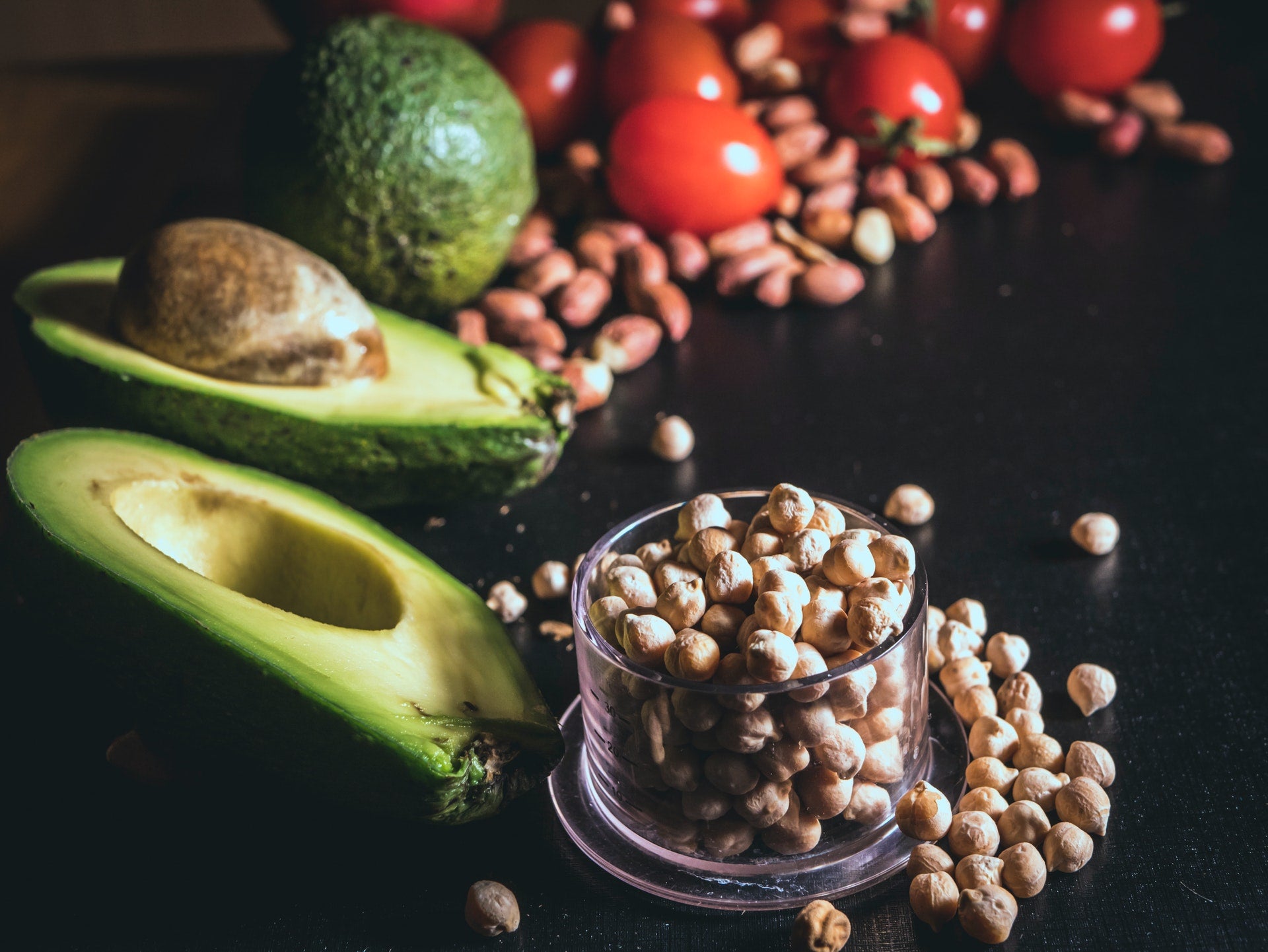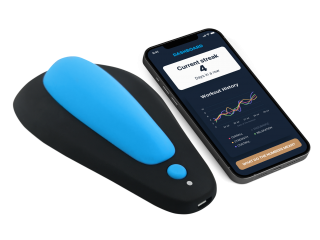Weight loss is one of the most preferred health and fitness goals out there, alongside looking and feeling better. This is why health experts and enthusiasts come up with various weight loss solutions, most of which are based on diet modifications.
One of the most popular diet plans for weight loss is the keto diet. This essentially involves significantly reducing carbs from your daily diet to make your body reliant on proteins and fat, as explained here. Following a keto diet plan is a complex undertaking, because it requires determination to resist carbs cravings.
Yet, it is not the only tough diet plan out there. Enter the snake diet, a nutrition plan without the nutrition supply. Did you ever think of depriving your body of all essential nutrients for 48 hours? A snake diet is all about that kind of fasting.
But, how does a snake diet help you lose weight? Is it a safe option? How is the snake diet different from the more traditional keto diet? We are going to find answers to these as well as other related questions in this article, so continue reading.
What Is a Snake Diet?
The snake diet is a nutrition plan involving prolonged fasts separated by solitary meals. Like every other diet plan built around weight loss goals, the snake diet should be adopted after a detailed consultation with your doctor or nutrition expert.
This diet was invented by Cole Robinson, a fasting coach who doesn’t have qualifications or background in nutrition, medicine, or biology.
The snake diet primarily involves fasting for 48 hours or possibly more. The only dietary supply during this entire time is in the form of Snake juice, an electrolyte beverage. Every 48-hour fasting session is followed by a 2-hour window during which the user can have a meal and get ready for another 48-hour fasting session. This entire process leads to ketosis, a process typically associated with the metabolic response after a keto diet. Ketosis resulting from the snake diet could be referred to as snake diet keto.
How Can You Follow the Snake Diet?
At first, you may think of the snake diet as intermittent fasting, but it is, in reality, a more extreme weight loss measure. This is because this diet plan modifies the standard routine meal pattern into an auxiliary food intake practice.
The guidelines for achieving a snake diet metabolic response are pretty scattered, mainly because Robinson frequently revises the rules of this diet plan on his website and YouTube channel. This diet plan relies significantly on Snake Juice, which you can order online through Robinson’s website or prepare at home. The ingredients of this juice include:
- 2 liters of water
- ½ teaspoon of Himalayan salt
- 1 teaspoon of potassium chloride (salt-free)
- ½ teaspoon of Epsom salts (food-grade)
There are no guidelines for homemade Snake Juice, but the recommended dosage for commercial Snake Juice is three packets per day.
Also, Robinson recommends no more than 3500 calories per week for a newcomer. It is worth mentioning that the U.S. Department of Agriculture (USDA) recommends 1600-2400 calories per day for women and 2,000–3,000 for men. That makes 11,200–16,800 calories per week for women and 14,000–21,000 per week for men. Hence, with a snake diet, you will be getting a significantly lower supply of calories than the USDA’s recommendations.
The calorie intake recommendations change when you achieve your desired body weight. For active women, the recommendation is 8500 calories per week. And for active men, it is 20,000 calories per week.
Can the Snake Diet Help You Lose Weight?
By fasting and restricting calories, you force your body to get necessary fuels from its energy stores, which, in most cases, are the deposits of body fat. The body does so in order to survive. And since you are not replenishing these stores with food intake, the resultant weight loss tends to be rapid.
When you fast consecutively, you lose two pounds of body weight per day during the first week and 0.7 pounds per day by the third week. According to the CDC, the safe amount of weight loss per week is 1-2 pounds. This means weight loss achieved through intense diet plans like the snake diet may have negative implications on your health [1].
What is the Keto Diet?
A ketogenic or keto diet is a low-carb, high-fat diet aimed at reducing the carbohydrate intake so much that the body starts using fat as its primary energy source. The metabolic state you achieve through a keto diet is called ketosis.
Ketosis enables your body to burn more fat to extract energy. This process also enhances the production of ketones in the liver, supplying an optimum amount of energy to your brain [2].
Unlike the snake diet, a keto diet doesn’t require you to starve for prolonged durations. Instead, it requires the user to pick from a selective yet long list of foods and avoid the rest. Here is the list of foods you are permitted to eat when following a keto diet plan:
- Meat – steak, red meat, chicken, and turkey
- Fatty fish
- Eggs
- Butter and cream
- Cheese
- Seeds and nuts – walnuts, almonds, chia seeds, pumpkin seeds, and flaxseeds
- Avocados
- Healthy oils – avocado oil and extra virgin olive oil
- Low-carb veggies
Can a Keto Diet Help You Lose Weight?
Not only can a keto diet help you lose weight, but it can also reduce the risk for several health conditions like cancer, Alzheimer’s, epilepsy, diabetes, and, of course, obesity [3] [4] [5] [6] [7]. Another quite significant benefit of the keto diet is that it doesn’t necessitate limiting food intake. You can eat from the above list without keeping an eye on your calorie intake.
Additionally, the keto diet has been found to help reduce diastolic blood pressure and triglycerides levels [8]. Recent studies suggest that the keto diet may be an effective way to increase ketone levels, improve insulin sensitivity, and lower blood sugar levels [9].
Comparison Between the Snake Diet and Keto Diet
A snake diet is a restrictive diet plan that helps put your body into the state of ketosis through strict fasting schedules. The purpose is to induce extreme calorie deprivation. And by doing so, this diet plan may also result in nutrient deficiency. Hence, it is safe to assume that the snake diet is not for everyone.
On the other hand, the keto diet is a more inclusive diet plan that only restricts the number of carbs in your daily food intake. This diet plan offers a good supply of proteins and healthy fats through an extensive list of permitted foods. Generally, a ketogenic diet-based meal provides 70-80% healthy fats, 20% proteins, and only 5% carbohydrates.
A ketogenic diet also helps the body enter the metabolic state of ketosis, but not in the snake diet way. The keto diet-based ketosis is not characterized by a drastic decline in energy levels – a typical case with the snake diet. On conventional keto, you get a good energy supply from fat stores in your body, dietary fats, and proteins.
Wrapping Up
The above discussion may help you choose a healthy diet plan that suits you well. You can follow a snake diet plan if you and your doctor think it is a safe option to help you reduce your body weight to the desired level. But in general, a keto diet is a much safer and more effective option to shed pounds because it doesn’t involve energy-depleting starvation.

















